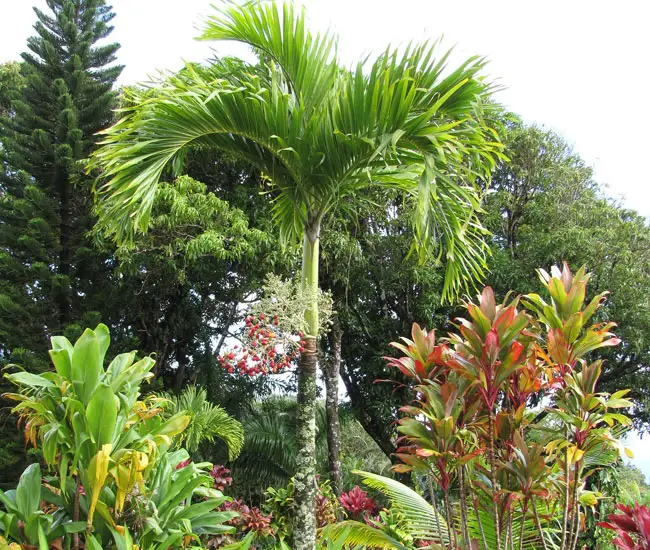
The Christmas Palm Tree, scientifically known as Veitchia merrillii or Adonidia merrillii, is native to the Philippines, particularly in the lowland rainforests and coastal regions.
It is endemic to this Southeast Asian country and is not naturally found in other parts of the world. The palm is named for its bright red or orange fruit clusters, which are reminiscent of Christmas ornaments and give it its common name.
It shares many characteristics with the Royal Palm Tree and is occasionally referred to as the “dwarf royal palm”. In comparison to Royal Palm Trees, Christmas Palms are notably smaller and more manageable. They are particularly well-suited for indoor cultivation.
Quick Facts:
| Scientific name: | Veitchia merrillii or Adonidia merrillii |
| Common names: | Christmas Palm, Manila Palm, Kerpis Palm, Adonidia Palm, Dwarf Royal Palm, Veitchia Palm. |
| Origin: | Native to the small islands of the Philippines located north of Malaysia and Indonesia. |
| Growth Rate: | Moderate to Fast. Up to 15 – 25 ft tall and 10 ft wide. |
| Cold Tolerance: | USDA Zones 10b (35 to 40 F) to 11 (above 40 F) |
| Light Req: | Full sun to partial shade. |
| Water Req: | Moderate. |
| Soil Req: | Widely adaptable |
| Fruit: | Yes. Red, glossy. Not edible. |
| Propagation: | By seed, germinating in 1- 2 months. |
Christmas Palm Appearance
Trunk: The Christmas Palm features a slender, solitary trunk that is typically smooth and light gray to beige in color. The trunk is relatively straight and can reach heights of up to 25 feet in its natural habitat, but when cultivated in gardens or containers, it is often smaller, typically staying around 15 to 20 feet tall.
Leaves: Its pinnate leaves are one of its most distinctive features. They are composed of numerous leaflets arranged in a feather-like fashion along the stem. The fronds are a vibrant, glossy green color and can grow up to 3 to 4 feet in length. The leaflets are arranged in pairs along the frond’s rachis (central stem), giving the fronds an attractive and symmetrical appearance.
Crown: The leaves radiate outward from the crown of the palm, forming a dense, full canopy. This crown typically has a rounded or slightly drooping shape, which adds to the palm’s overall aesthetic appeal.
Christmas Palm Flowers and Fruits
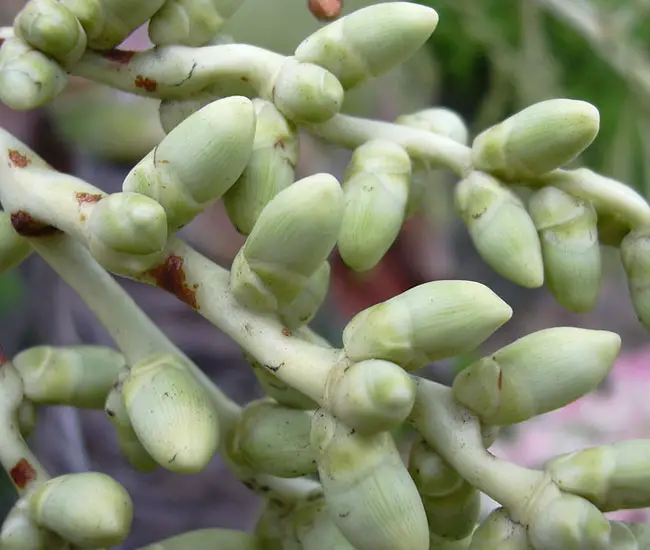
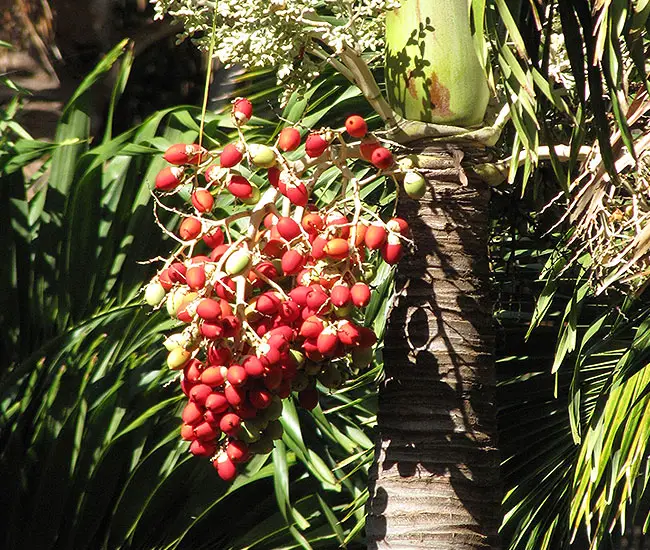
The Christmas Palm produces small, inconspicuous flowers. These flowers are typically creamy white to pale yellow in color and are borne on long, branched inflorescences that emerge from among the palm’s fronds. While the individual flowers themselves are not particularly showy, the collective effect of these inflorescences can be visually interesting.
One of the most distinctive features of the Christmas Palm is its fruit clusters. After the palm has flowered, it produces clusters of small, round, and brightly colored fruits that resemble Christmas ornaments, hence the common name “Christmas Palm.”
These fruits are typically a vibrant red or orange hue, although they can sometimes be a shade of yellow. The colorful fruits stand out against the palm’s glossy green foliage, creating a striking visual contrast.
While the fruits are indeed eye-catching, they are relatively small and not typically consumed by humans due to their limited flesh. Instead, they serve as an ornamental feature, adding to the palm’s aesthetic appeal in landscaping and gardens.
How To Care For Christmas Palm
In the wild, Veitchia merrillii is known to reach heights of up to 25 feet, but under cultivation, it typically remains more modest, seldom surpassing 15 feet in height and extending 5 to 10 feet in width.
The Christmas Palm, while visually captivating, is not considered cold-hardy and exhibits limited tolerance to frost. It can endure cold temperatures only down to approximately 35°F for brief durations. It thrives best within USDA Zones 10b (with temperatures between 35 to 40°F) to 11 (above 40°F).
This palm species thrives in full sun but can also tolerate dappled or broken shade. It exhibits moderate salt tolerance and favors well-drained, moist soil.
To prevent the development of root rot, it is essential to ensure proper drainage, avoiding water accumulation around the roots. While it can endure brief periods of drought, particularly once matured, sustained water scarcity should be avoided.
Maintenance requirements for the Christmas Palm are minimal. Primarily, the removal of old, dead leaves is necessary to maintain a tidy appearance. To stave off nutritional deficiencies, it is advisable to apply a high-quality palm fertilizer with a continuous-release formula twice a year during the growing season.
While it typically enjoys good health, it is highly susceptible to a condition known as lethal yellowing, also referred to as “veitchia decline.”
Propagation of the Christmas Palm is typically achieved through seeds, with germination taking approximately 1-2 months.
Christmas Palm Pictures
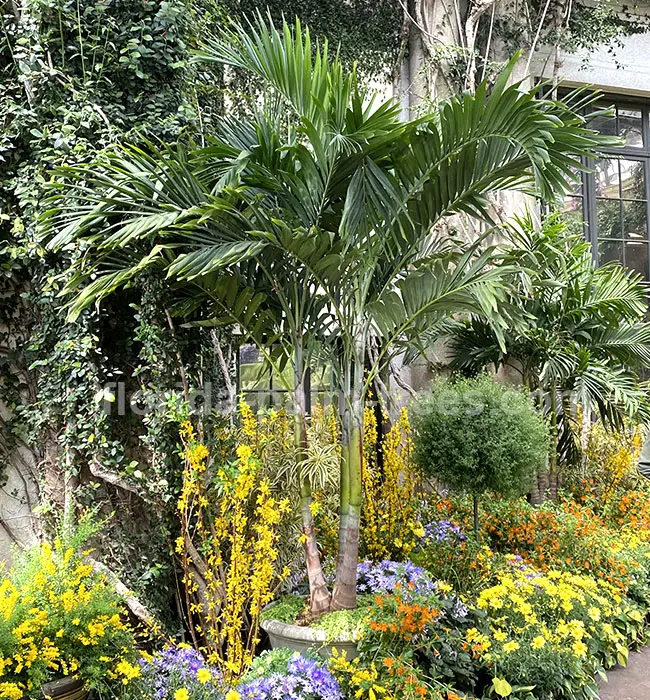
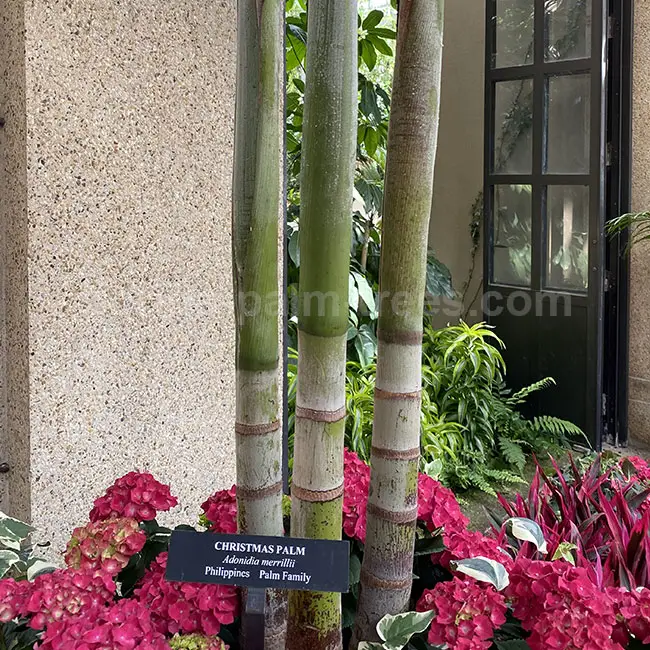
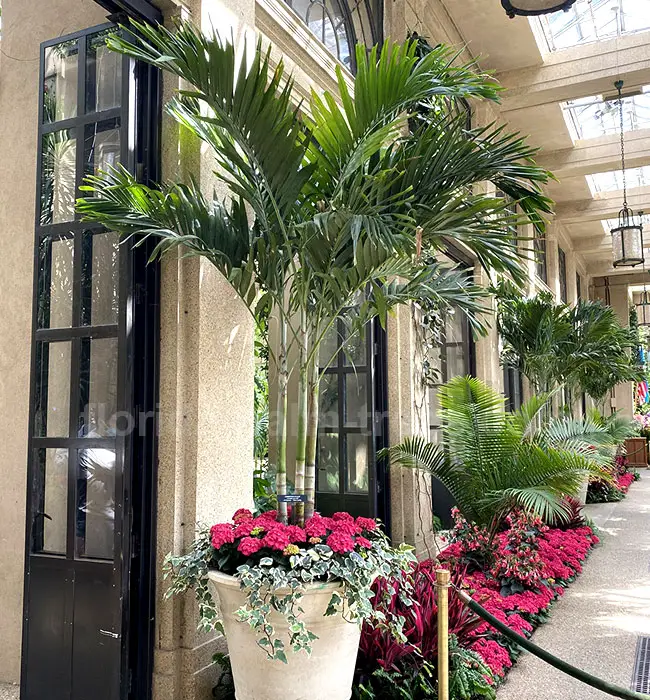
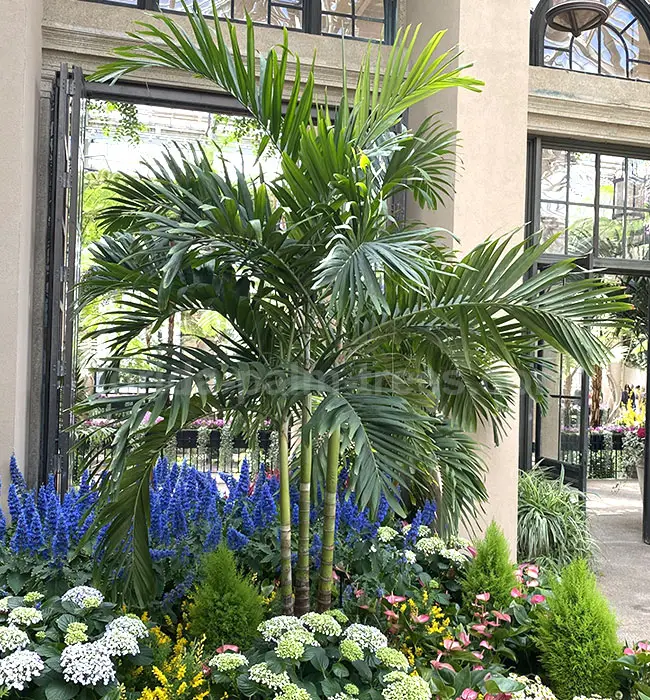
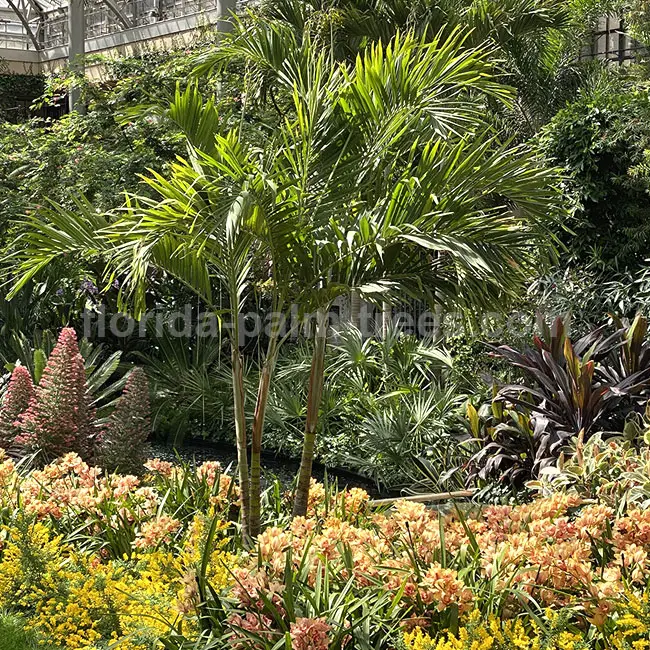
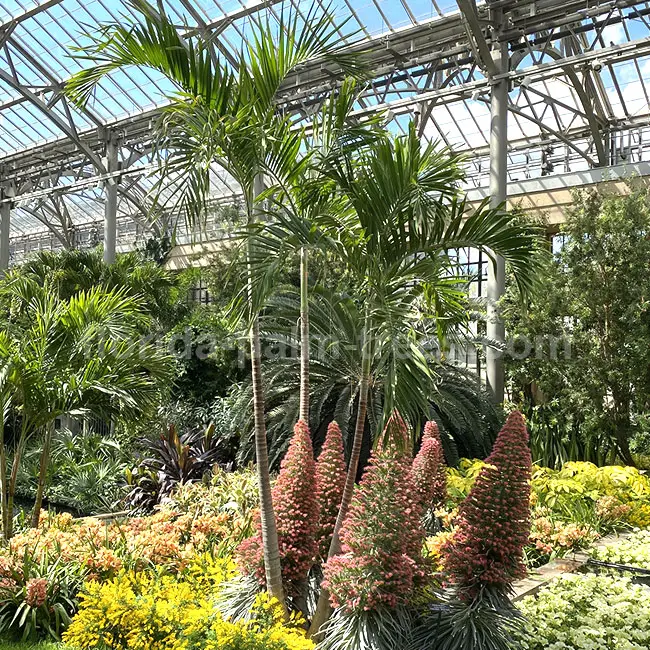
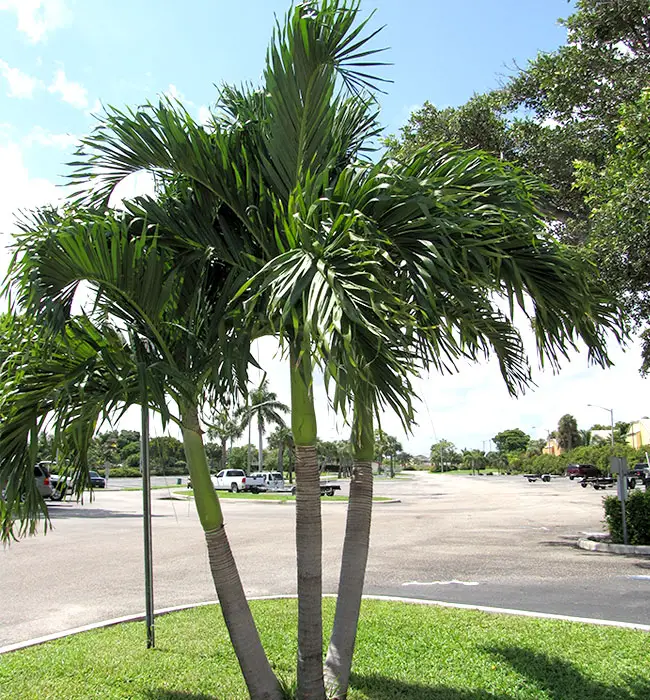
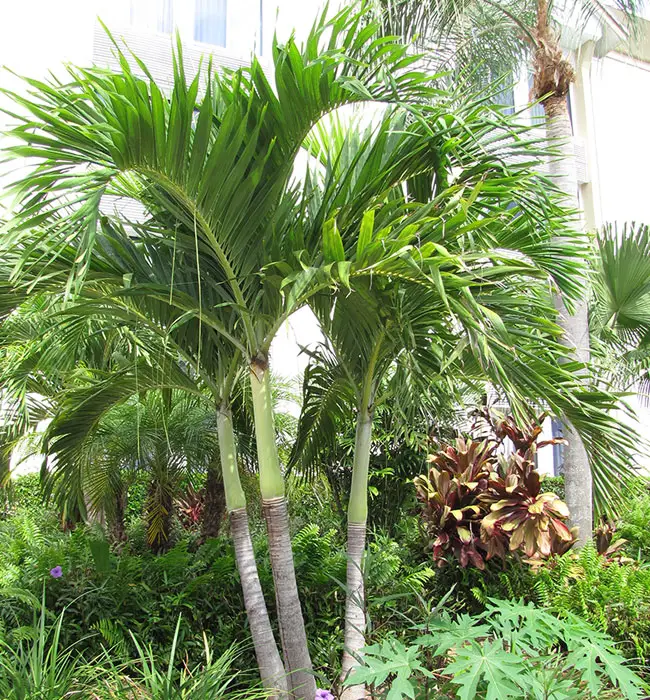
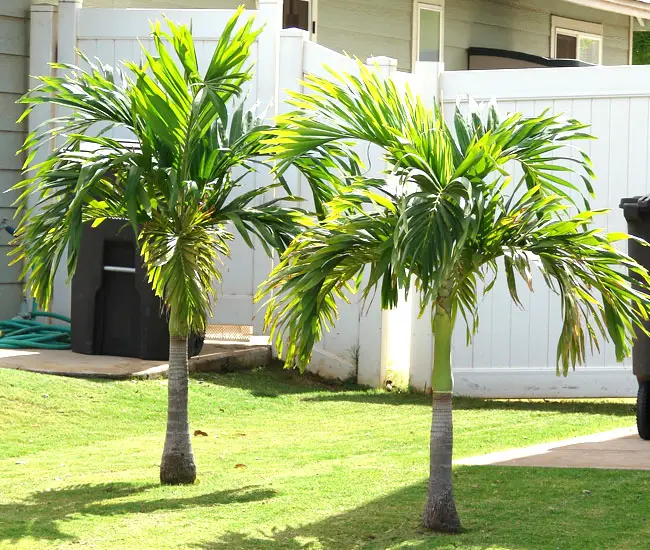
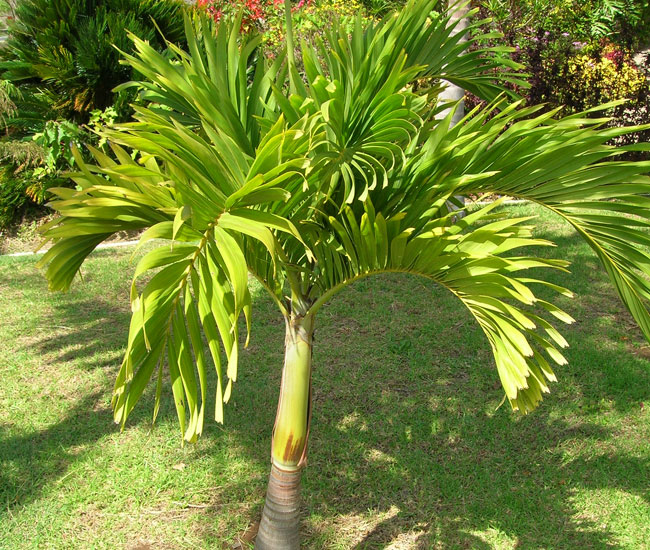
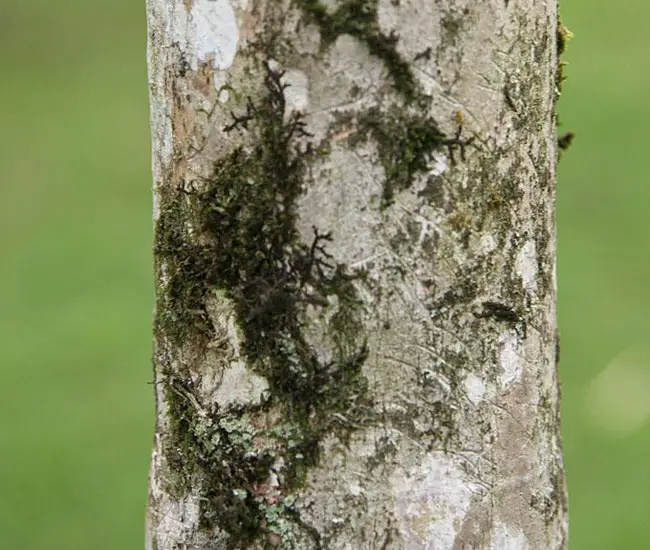
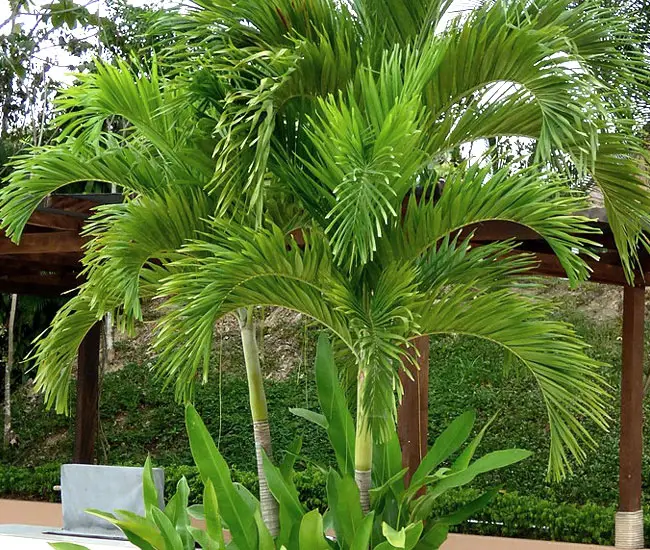
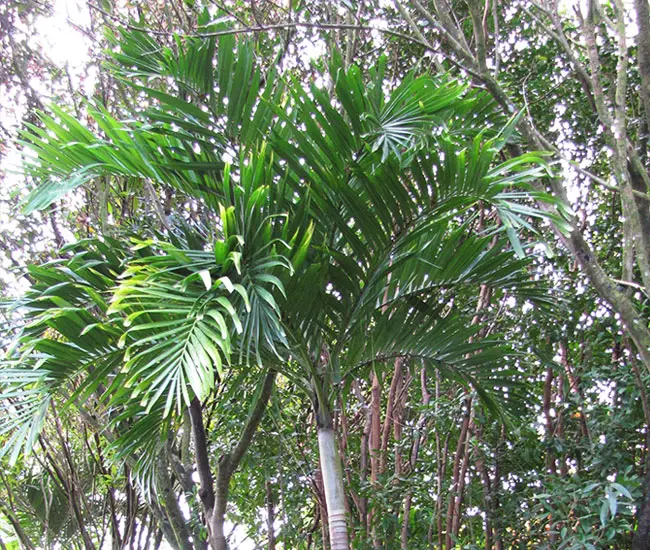
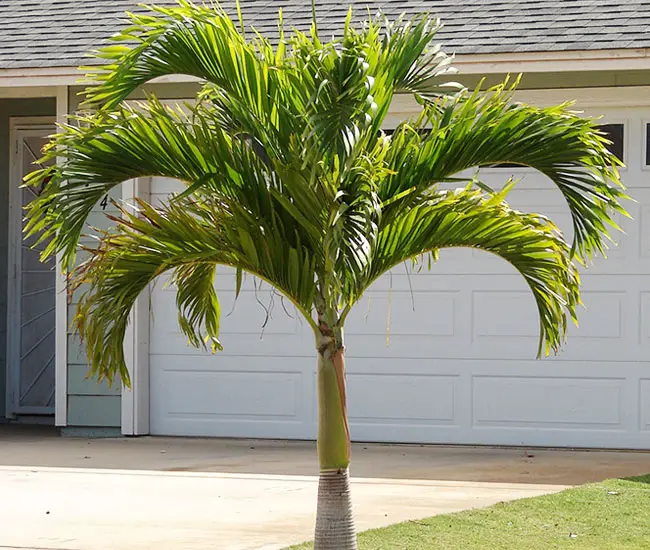
More information can be found on EDIS and Floridata sites.

How to shorten the Adonnidia Palm ?
I have a Christmas Tree Palm in a container by my pool. It has grown root bound in the pot and I can’t find a pot bigger than the 22″ it’s in. I live in Weeki Wachee Fl and was wondering about planting it in the yard. I hear I’m on the north edge of the growing zone
question: I live in FL. I have a beautiful triple Christmas palm in my lanai. It is growing too high. What can I do to limit the growth because the leaves touch the upper screen of the lanai? My gardener told me that I should get rid of it and replace it. I would appreciate if you can help me.
Thank-you
Can you do a little article about how to grow them in a group of 2 or 3 ? Thanks a lot;
Alex
Thank you for your site. Live in mid Florida and have christmas palms in back yard on N/S line in full sun. They are doing very well.
Hello. I have several of these and they’re very light green almost a yellow. What am I doing wrong.
Are the fruits of the christmas palm edible? Or poisonous to animals?
I have three Christmas palms and watered them as directed to get established, since last day of December every other day for a month to two nuts and twice a week. Has had fringe and spots for long time with browning. On many leaves. Fed it with a 10-10-10 all purpose fertilizer two weeks ago and I don’t see any change. Is this normal? Especially tips brown?
I am wondering if this palm can grow in Southern California, loved the Christmas Palm when I was visiting Naples Fla.
I have 7 little christmas palms poking out of their shells … the seeds are all from a triple trunk tree …
My question do you somehow graft them together to get triples and doubles ..?
or will they become triples as they progress ..?